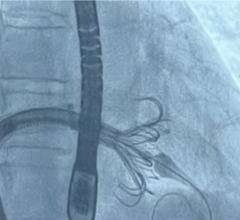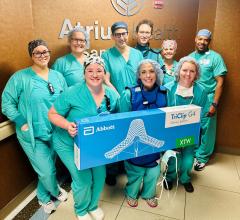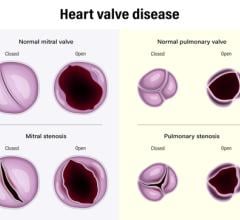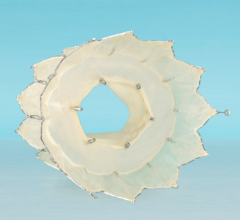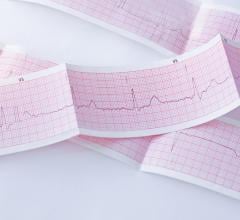
March 23, 2015 — A detailed reporting of the first successful case of a direct transcatheter tricuspid repair (TTVR) for severe TR has been reported by Prof. J. Schofer, M.D., of the Medicare Center and Department for Percutaneous Interventions of Structural Heart Disease, Albertinen Heart Center, Hamburg. Schofer’s report appears in the current issue of the peer-reviewed Journal of the American College of Cardiology (JACC). The Mitralign System is currently being evaluated in clinical trials for an indication in functional mitral regurgitation. The device is not approved for sale or distribution in the EU or United States.
“We are pleased to see the development of the Mitralign System to not only treat mitral regurgitation but to potentially be the non-surgical option for patients suffering from tricuspid regurgitation,” said Schofer. “These are challenging disease states. Surgery for tricuspid regurgitation suffers from high mortality rates and for those who do undergo surgery, reoccurrence is high as well. A transcatheter option is needed for this underserved patient population.”
The patient was an 89-year-old woman who was suffering from mild to moderate mitral and aortic regurgitation and severe tricuspid regurgitation. She underwent a transcatheter bicuspidization of the tricuspid valve, successfully converting a regurgitating tri-leaflet valve into a functioning bi-leaflet valve. The patient was discharged five days later.
In an accompanying editorial, William W. O’Neill, M.D., and Brian P. O’Neill, M.D. noted that “Tricuspid regurgitation (TR) remains an undertreated problem with substantial morbidity” and that for “those patients who undergo surgery, recurrence of moderate or severe TR can be as high as 60 percent at five years”. The editorial also notes that despite a one-year mortality rate of 36.1 percent for patients with severe TR, only 16 percent of patients with isolated severe TR underwent surgery at five years.
“This is the first experience with a transcatheter tricuspid annuloplasty device, and we were able to immediately quantify dimensional changes and see significant reduction in tricuspid regurgitation” stated Rebecca Hahn, M.D. “Imaging with 2-D and 3-D echocardiography is feasible and essential for the advancement of this technology.”
For more information: www.mitralign.com


 September 04, 2024
September 04, 2024 

